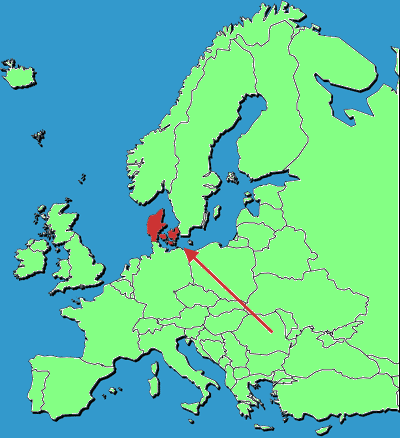
Circle the area on this map

D. The bottom five nations were relatively poor countries in Africa while the top five nations were relatively rich countries in Europe.
B. Each person's share of the national annual income in Qatar is $103,900, more than twice as much as the $50,700 per capita in the United States and nearly 100 times more than Togo's $1,100. Qatar, Saudi Arabia and Norway all derive much of their wealth from oil. But, factors besides wealth placed Norway second in the happiness rankings.
C. Russia, which shares a maritime border with Alaska in the Bering Sea and Arctic Ocean, ranked 68th in happiness. Canada ranked sixth and Mexico ranked 16th in the UN report.
A. Danish, Icelandic, Norwegian and Swedish speakers can often understand each other well. These Scandinavian languages are derived from Old Norse and are part of the Germanic language group which also includes English. However, Finnish belongs to the Uralic language group and is more closely related to Estonian and Hungarian.